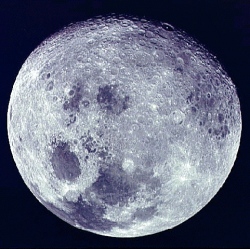
After three decades, the Inflationary Model of the Universe is showing some cracks.
Last week’s issue of New Scientist featured a cover story (registration required) in which Max Tegmark of MIT, one of the leading physicists studying cosmological theories, all but says Inflation needs to be scrapped.
The main problem, as he and other scientists told New Scientist contributor Amanda Gefter, is that the Inflation Model has taken on too much baggage over the past few years. Or, to put it more prosaically, a theory that explains everything… explains nothing.
Tegmark put it in the most humorous terms:
“You know how sometimes you meet somebody and they’re really nice, so you invite them over to your house and you keep talking with them and they keep telling you more and more cool stuff? But then at some point you’re like, maybe we should we call it a day, but they just won’t leave and they keep talking and as more stuff comes up it becomes more and more disturbing and you’re like, just stop already? That’s kind of what happened with inflation.”
First introduced by Alan Guth of MIT in 1980 to explain (among other points) why the geometry of the universe appears to be flat and why matter is distributed so evenly throughout space, the theory also offered solid grounds for modeling how galaxies formed as the universe evolved. Data from the WMAP probe was seen as a major confirmation of this last point when it was first made public in 2003.
But as scientists continued to work it out, Inflation also suggested that the universe may be just one of millions of bubble universes–all sprung from the same kind of inflationary energy surge that jump started the cosmos one second after the Big Bang. As many physicists now see it, we occupy just one pocket in a multiverse of millions.
The problem is you can’t make predictions about the universe when it’s one of an infinite number. All you can do is work out probabilities.
